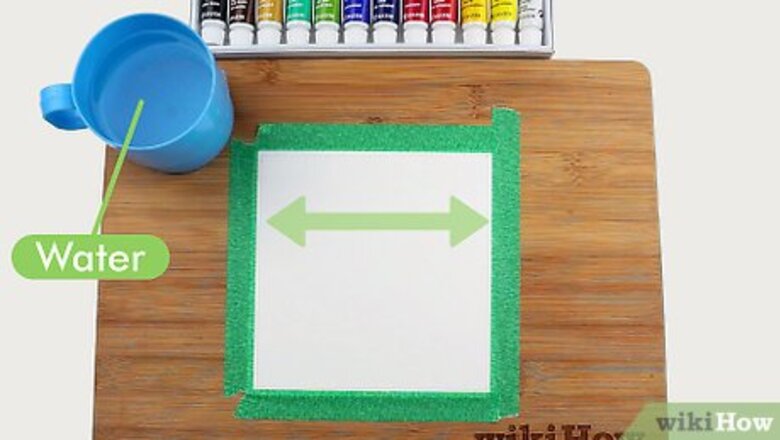
views
X
Research source
Steps
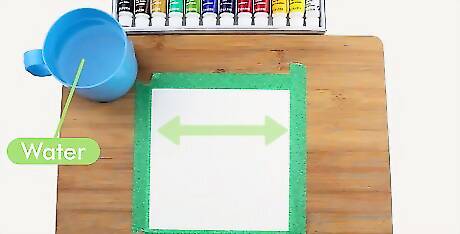
Stretch your watercolor paper. When painting watercolor washes, you need to prepare the paper. Soak a sheet of watercolor paper in cold water for 2 minutes. Remove the paper from the water and place it on a flat drawing board. Smooth the paper out with a sponge. Watercolor wash techniques won't work if the paper is too wet. Tape the paper around all the edges firmly to the board, and let it dry. EXPERT TIP Kelly Medford Kelly Medford Professional Painter Kelly Medford is an American painter based in Rome, Italy. She studied classical painting, drawing and printmaking both in the U.S. and in Italy. She works primarily en plein air on the streets of Rome, and also travels for private international collectors on commission. She founded Sketching Rome Tours in 2012 where she teaches sketchbook journaling to visitors of Rome. Kelly is a graduate of the Florence Academy of Art. Kelly Medford Kelly Medford Professional Painter Expert Trick: Wet the paper for softer colors and edges in your painting. Spray some water on your paper or rub it with a moist paper towel. This technique makes all the colors and edges softer. Plus, it's super helpful for correcting while you paint, which you'll probably be doing as a beginner!
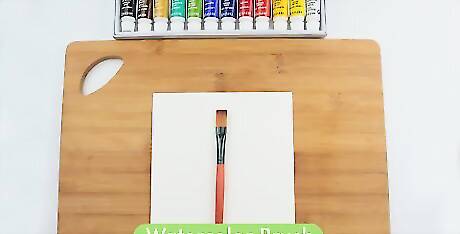
Select a large watercolor brush that holds plenty of paint and covers a large area. When painting watercolor washes, you need to cover the entire paper.
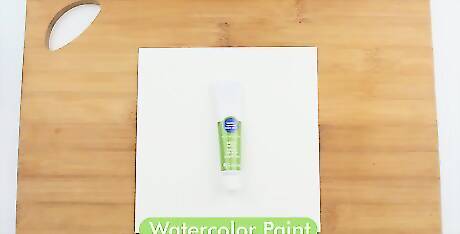
Choose the background color you want and put a large amount on your palette. To paint with watercolors, you'll need to add enough water to obtain your desired hue.
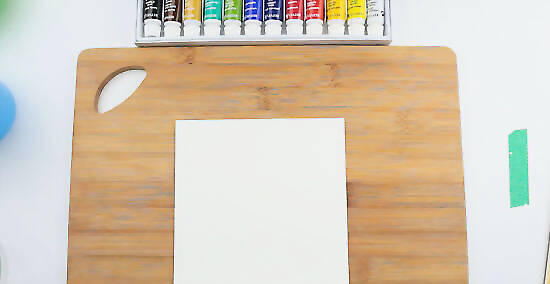
Draw a large square lightly on the paper with a pencil. This may help you learn control with watercolor wash techniques.
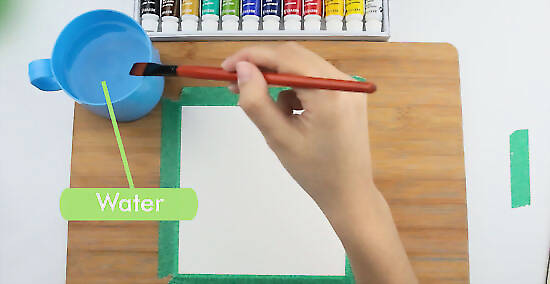
Dampen your paper by dipping your brush in water and lightly sweeping it across the paper.
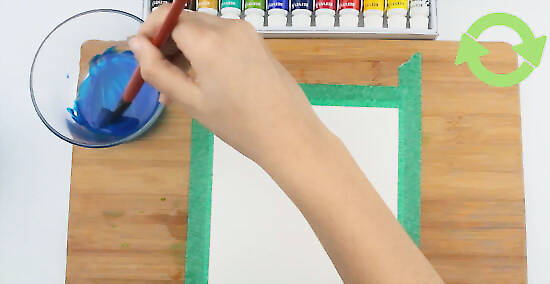
Dunk your brush in the watercolor paint you prepared. When painting watercolor washes, start at the top of the page with a broad, horizontal stroke to the other side. Practice keeping the brushstrokes even and within the square.
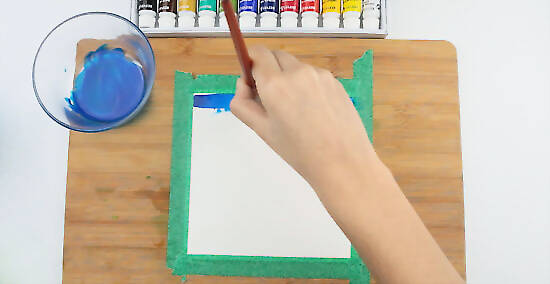
Load your brush with more paint and then move down the paper, 1 brush line at a time. When you paint with watercolors, you may overlap the previous stroke. When you reach the bottom, let the paper dry.
Graded Wash
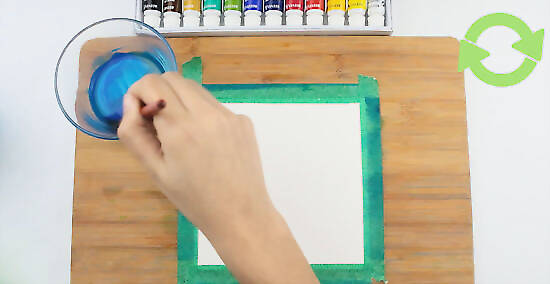
Dip your brush in the prepared paint. The graded wash is a watercolor wash technique that produces a background with varying monotone hues.
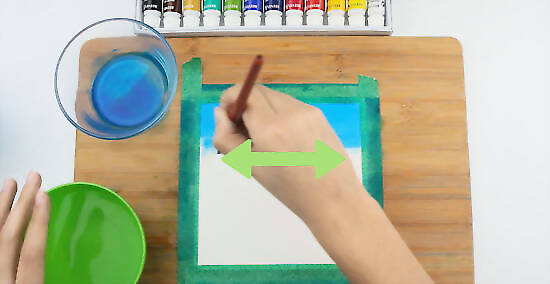
Apply the paint with 1 brush stroke across the top of the square. Continue going down until you fill the entire square.
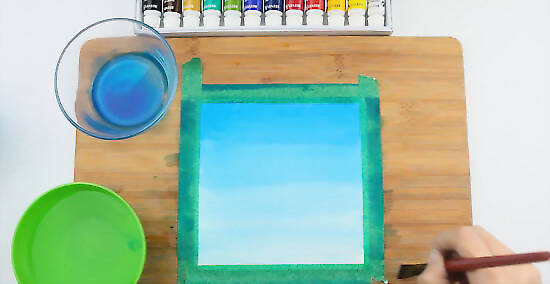
Add water to each brush stroke to lighten the color, or put in more pigment to darken the hue. To paint with watercolors, you need to learn how to create different contrasts with 1 color.
Blended Wash
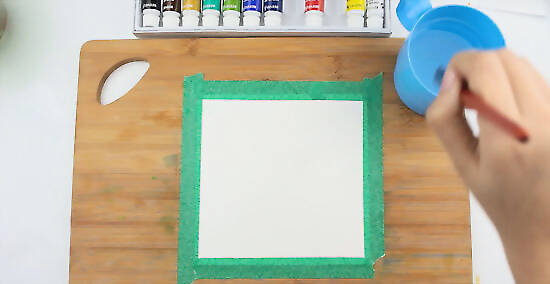
Wet the entire paper by dipping your brush in water and lightly stroking it across the page.
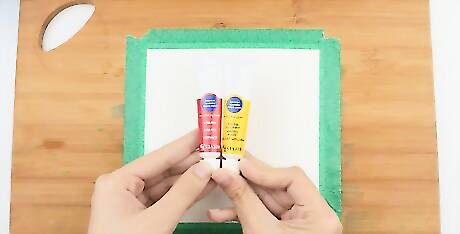
Select the colors you desire for a blended wash. With watercolor wash techniques, you could try red and orange to depict a sunset.
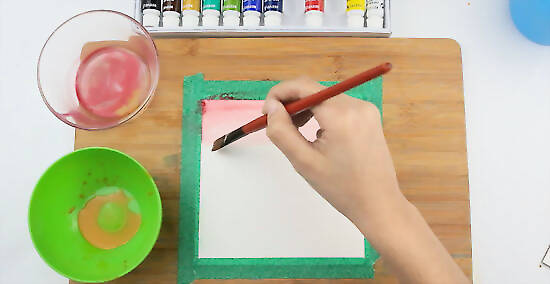
Immerse your brush in one color, and then drag it back and forth across the paper. Add a new color without cleaning your brush. This will create a soft transition between the hues when painting watercolor washes.
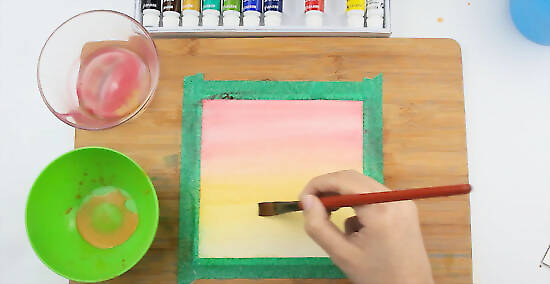
Spread different amounts of pigment and water to the wet paper to create a pattern or design.
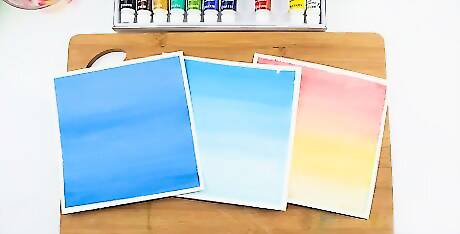
Finished.










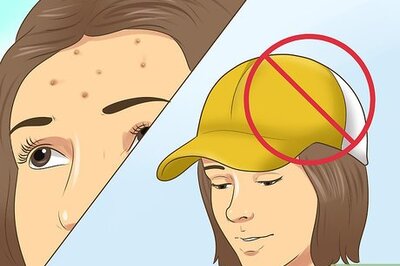


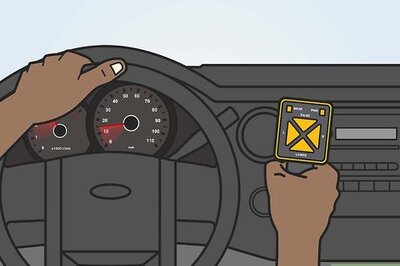

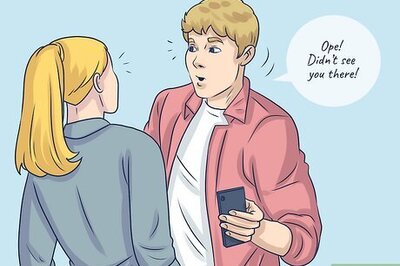


Comments
0 comment